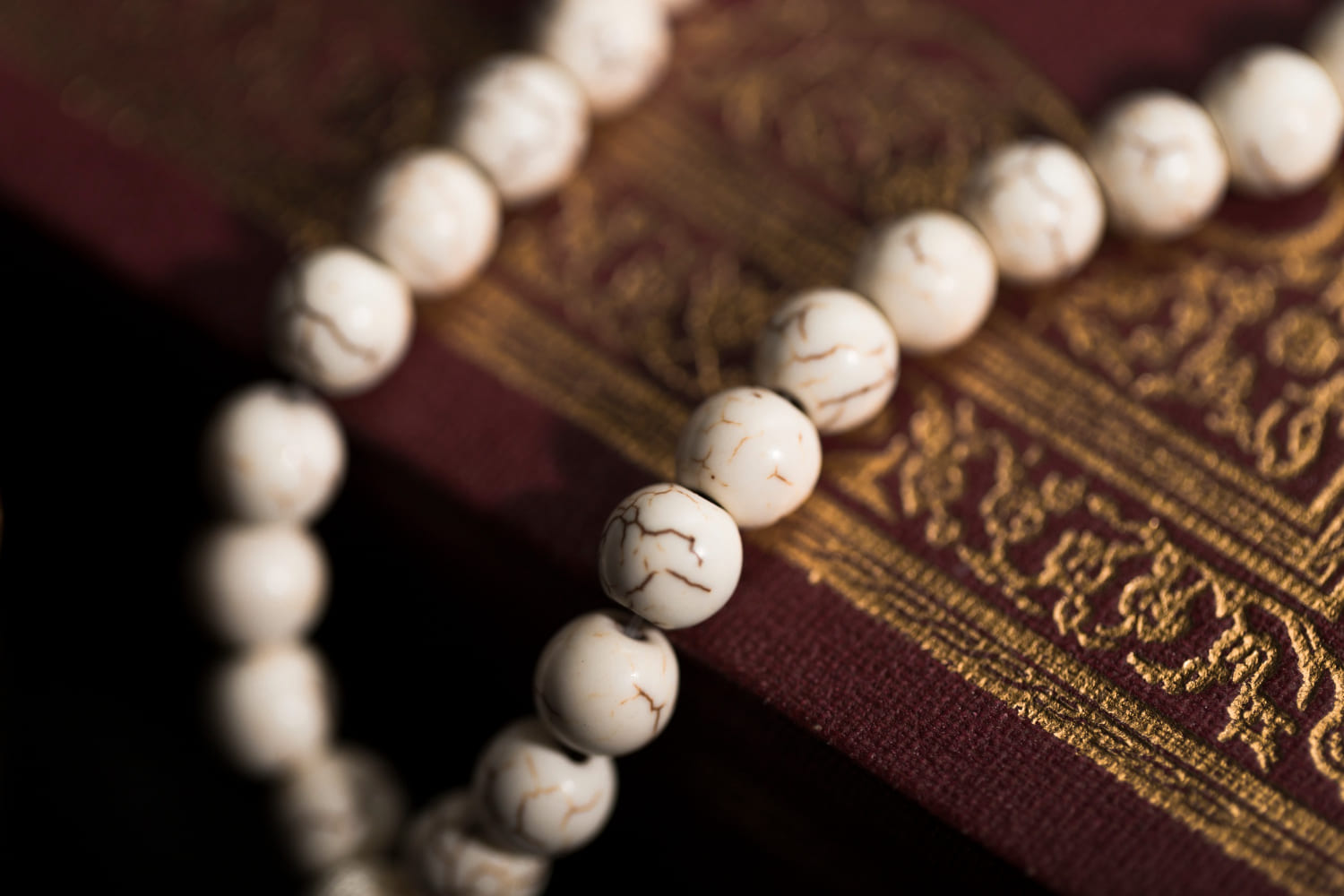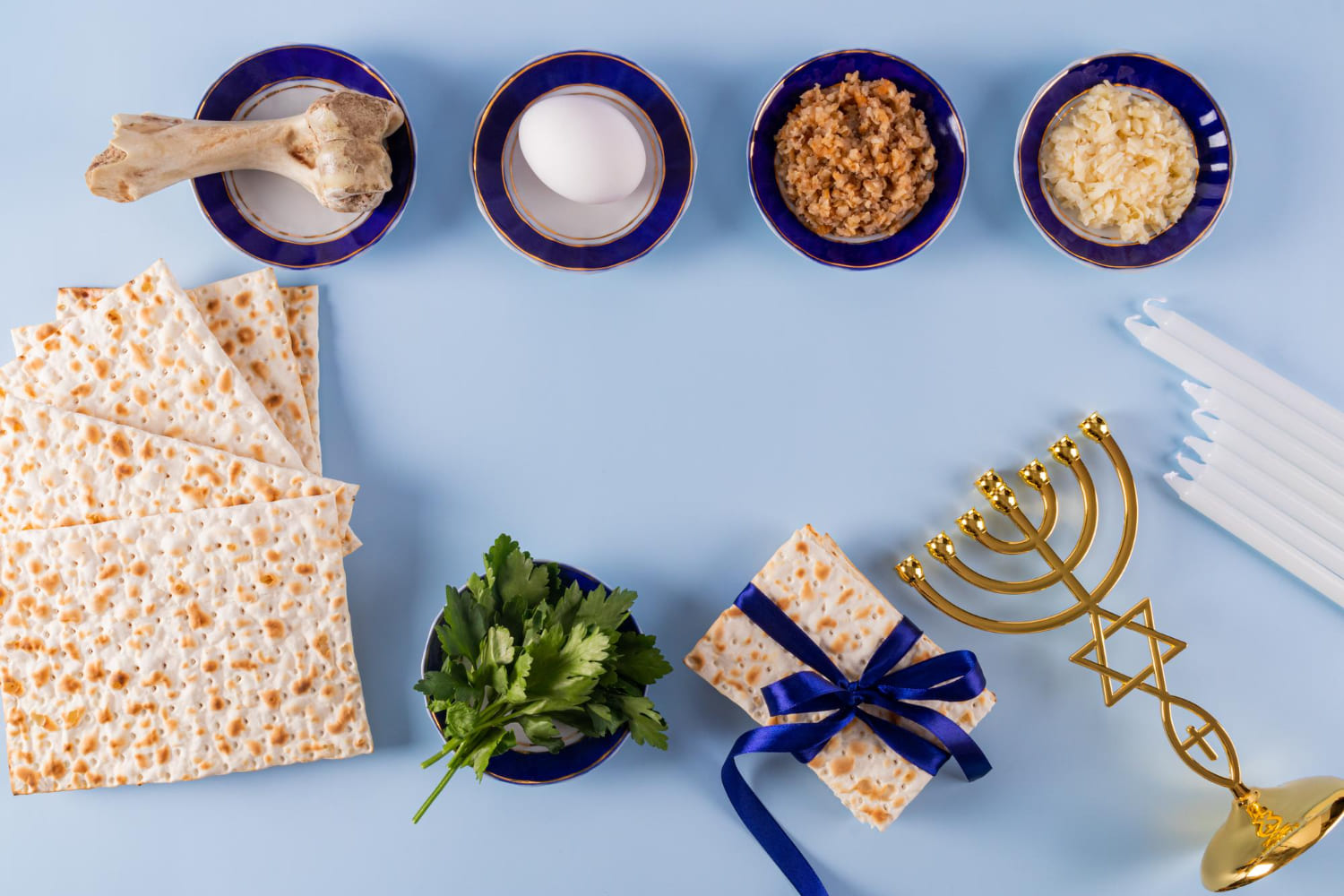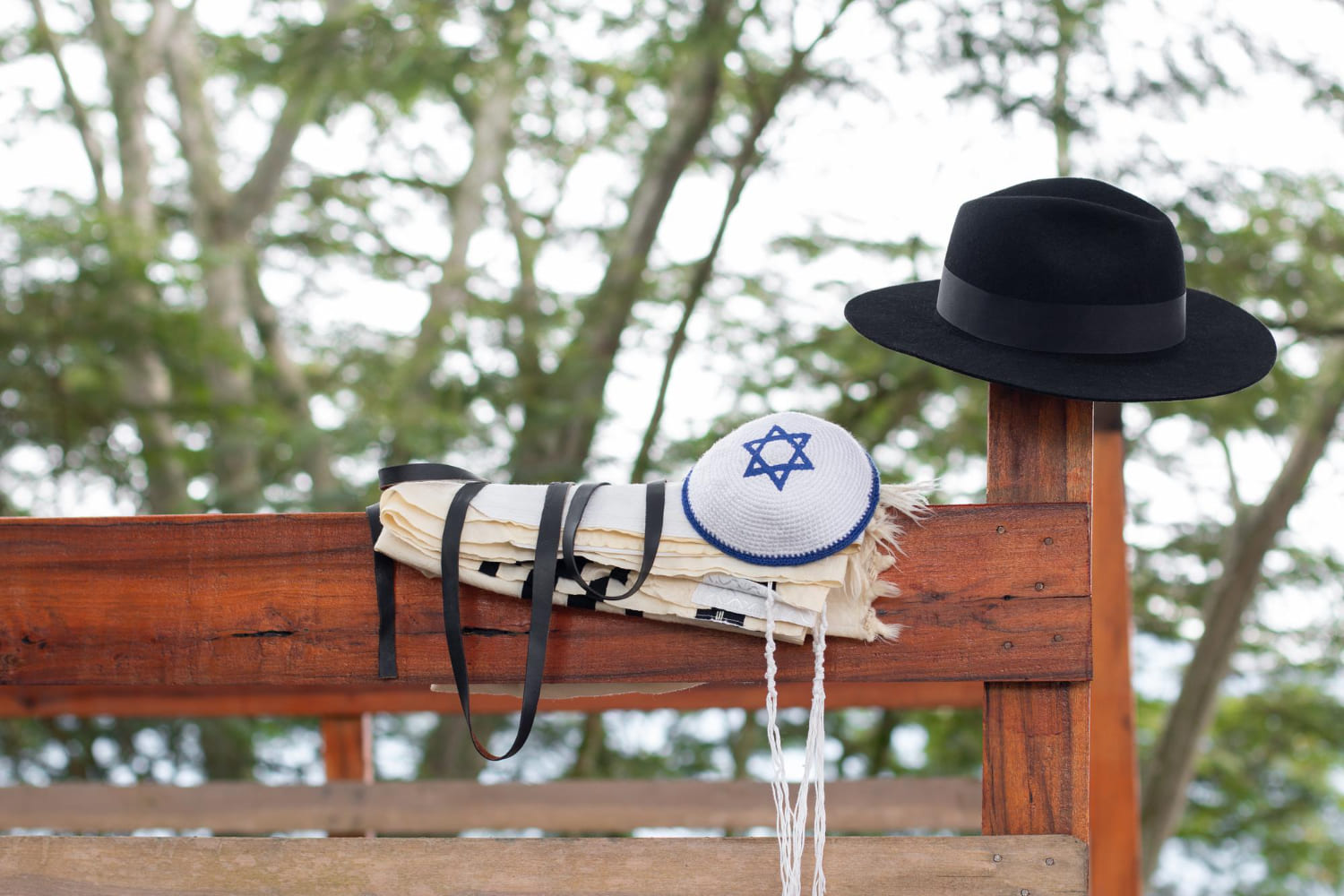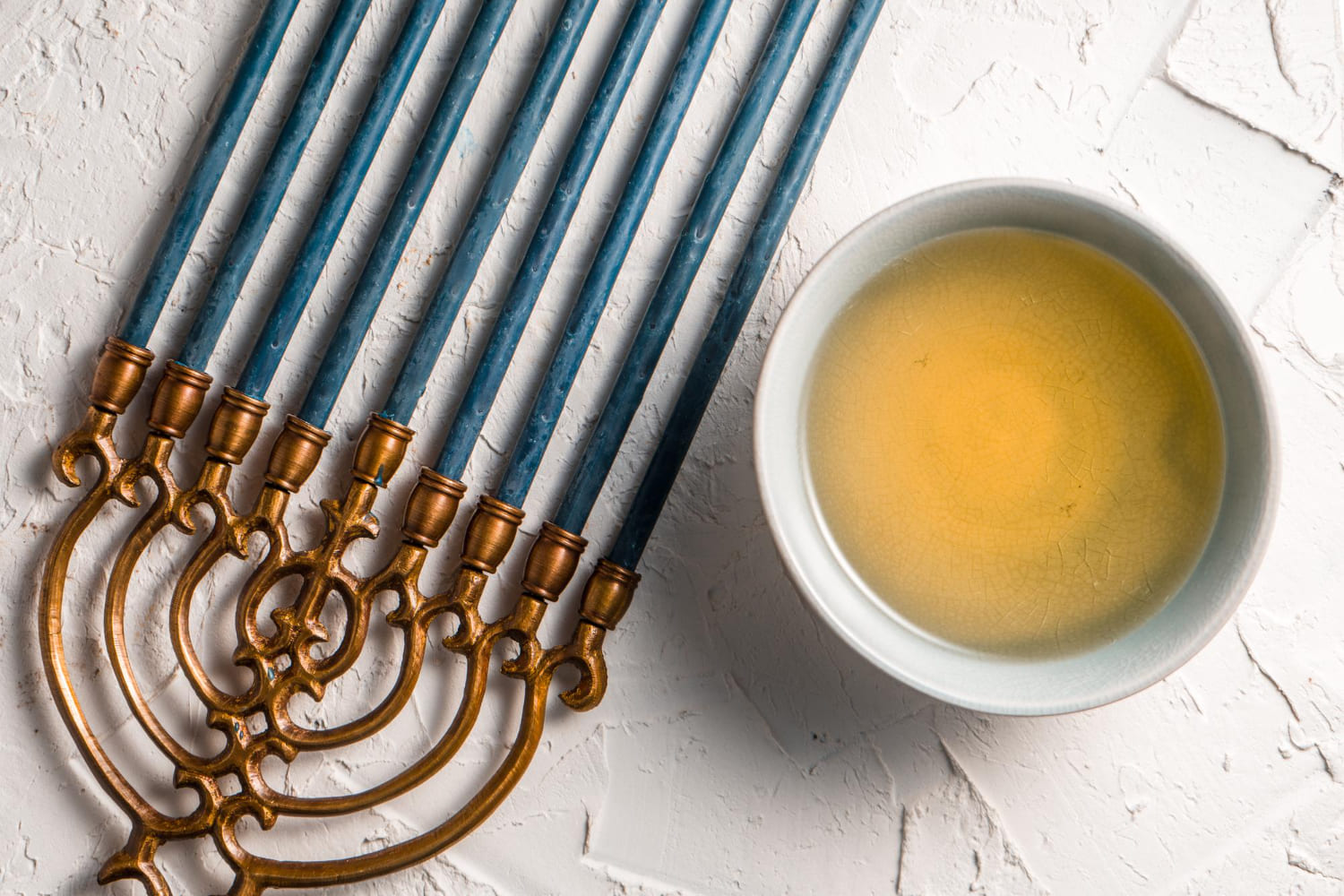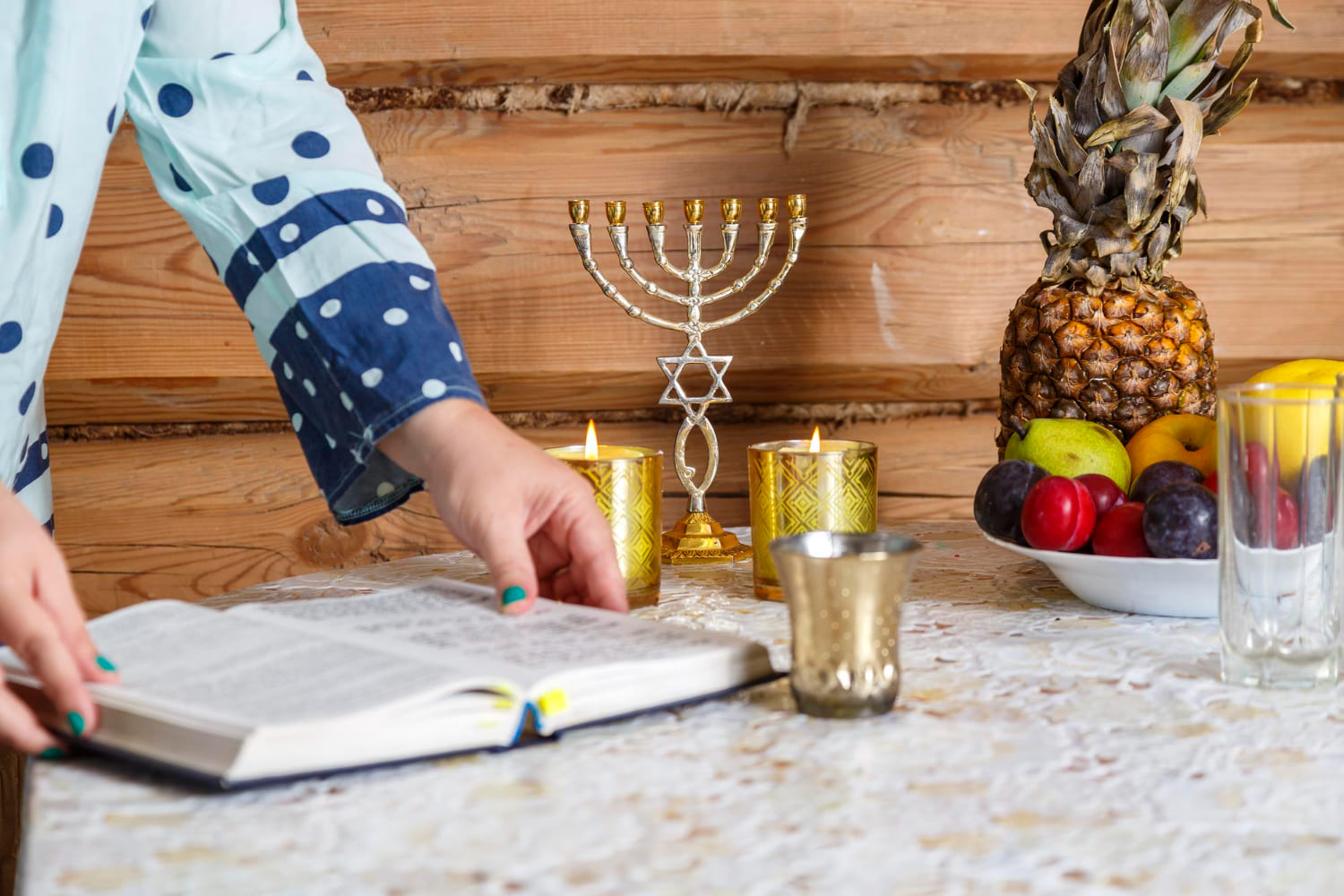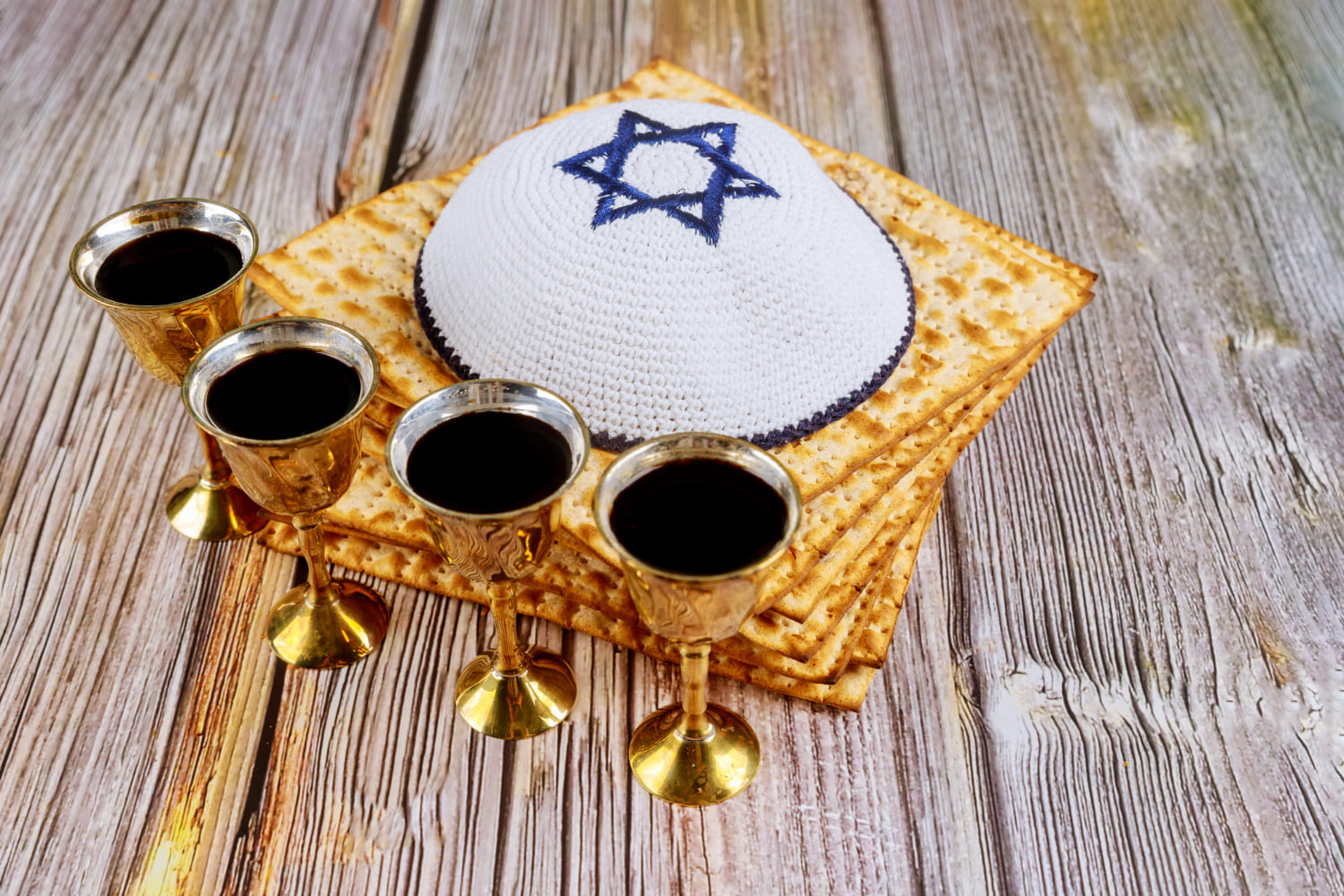Judaism is a religion that has a rich history and culture, with a wide range of symbols that have become associated with it over the years.
These symbols are deeply rooted in Jewish tradition and hold significant meaning for those who practice the faith. From the menorah to the Star of David, each symbol has its own unique history and significance.
Understanding the meaning behind these symbols is an important part of understanding Jewish culture and tradition.
Whether you are Jewish or simply interested in learning more about the religion, this guide will provide you with a comprehensive list of Jewish symbols and their meanings. From the menorah to the etrog and lulav branch, we will explore the history and significance of each symbol in detail.
Whether you are looking to deepen your understanding of Jewish culture or simply want to learn more about these fascinating symbols, this guide is the perfect resource.
By exploring the history and meaning behind each symbol, you will gain a deeper appreciation for the rich and complex culture of Judaism.
Star of David
The Star of David, also known as Magen David, is a six-pointed star that is one of the most recognizable symbols of Judaism. It is composed of two overlapping triangles, with one pointing upwards and the other downwards.
The Star of David is a symbol of the Jewish people and is often used in Jewish art, jewelry, and religious objects.
The origins of the Star of David are not entirely clear, but it has been used as a Jewish symbol for centuries. Some theories suggest that the symbol was used by King David on his shield, while others believe it was adopted during the Middle Ages as a way to identify Jewish communities.
The Star of David is commonly associated with the State of Israel, where it appears on the national flag. It is also used as a symbol of Jewish identity and is often worn as a pendant or other jewelry.
While the Star of David is a widely recognized symbol of Judaism, it is important to note that it is not a religious symbol in the same way that the menorah or the Torah are. Rather, it is a cultural symbol that represents the Jewish people and their heritage.
Menorah
The Menorah is one of the oldest and most recognizable symbols of the Jewish faith. It is a seven-branched candelabrum that was originally used in the Temple, and it has since become a symbol of the nation of Israel and its mission to be “a light unto the nations.” (Isaiah 42:6)
The Menorah is a symbol of hope and perseverance, as it represents the eternal flame that burned in the Temple, even during the darkest of times.
The Menorah is typically associated with the Jewish holiday of Hanukkah, which celebrates the miracle of the oil that burned for eight days in the Temple.
During Hanukkah, Jewish families light a special nine-branched Menorah called a Hanukkiah. The Hanukkiah has eight branches to represent the eight days that the oil burned, and a ninth branch, called the Shamash, which is used to light the other branches.
The Menorah is also used as a symbol of the Jewish people and their connection to the land of Israel. The Knesset Menorah, located in front of the Knesset gates in Jerusalem, is a large bronze Menorah that was donated to the Knesset by the members of the British Parliament in 1956.
The Menorah stands as a symbol of the Jewish people’s resilience and determination to survive and thrive, even in the face of adversity.
Here are some key facts about the Menorah:
- The word Menorah is Hebrew for “lamp” and generally refers to the seven-branched candelabrum used in the Temple.
- The Menorah is a symbol of the nation of Israel and its mission to be “a light unto the nations.”
- The Hanukkiah is a special nine-branched Menorah used during the holiday of Hanukkah.
- The Knesset Menorah is a large bronze Menorah located in front of the Knesset gates in Jerusalem.
Overall, the Menorah is a powerful symbol of the Jewish faith and the Jewish people’s connection to their history, their land, and their mission to be a light unto the nations.
Chai
Chai is a Hebrew word that means “life.” It is a popular Jewish symbol that is often used on pendants, rings, and other jewelry. The word is made up of two Hebrew letters: Chet (ח) and Yud (י). Together, these letters form the word chai, which represents the importance of life in Jewish culture.
The chai symbol is often worn as a talisman or amulet to protect the wearer from harm and to bring good luck. It is also a popular gift for special occasions such as weddings, bar mitzvahs, and bat mitzvahs. The chai symbol is sometimes combined with other Jewish symbols such as the Star of David or the Hamsa.
The chai symbol has a long history in Jewish culture. It is believed to have originated in medieval Spain and was later popularized in Eastern Europe. Today, chai is a beloved symbol that represents the value of life in Jewish culture.
Some other Jewish symbols that are related to chai include the seven species, which are mentioned in the Bible as the fruits and grains that are native to the land of Israel.
These include wheat, barley, grapes, figs, pomegranates, olives, and dates. The seven species are often used in synagogue decor and can be found on ancient Jewish coins.
Hamsa
The Hamsa, also known as the Hand of Fatima or the Hand of Miriam, is a popular symbol in Jewish culture.
It is a symmetrical image of a hand with an eye in the center, and it is common to many cultures, including Judaism. The Hamsa has been variously interpreted by scholars as a Jewish, Christian, or Islamic amulet, and as a pagan fertility symbol.
The Hamsa is recognized today as a kabbalistic amulet and as an important symbol in Jewish art. It is often worn as a piece of jewelry or hung in homes as a protective amulet against the evil eye.
The evil eye is a curse believed to be cast by a malevolent glare, usually given to a person when they are unaware, and is said to cause misfortune or injury.
The Hamsa is also used as decoration for the Ketubah, or marriage contracts, as well as items that dress the Torah such as pointers, and the Passover Haggadah. Other symbols that can appear on the Hamsa include fish and Hebrew words. Fish are thought to be immune to the evil eye and are also symbols of good luck.
Going along with the luck theme, mazal or mazel (meaning “luck” in Hebrew) is a word that is sometimes inscribed on the amulet.
Mezuzah
A mezuzah is a small rectangular box that contains a parchment scroll with verses from the Torah inscribed on it. The scroll is handwritten by a scribe in Hebrew and contains the Shema, a prayer that declares the oneness of God.
The mezuzah is affixed to the doorpost of Jewish homes, synagogues, and other buildings as a symbol of Jewish identity and faith.
The mezuzah is one of the most recognizable Jewish symbols and is an important part of Jewish tradition. The commandment to affix a mezuzah is widely followed in the Jewish world, even by Jews who are not religiously observant.
While the important part of the mezuzah is the klaf, or the parchment, and not the case itself, designing and producing mezuzah cases has been elevated to an art form over the ages.
A mezuzah mounted on the right side of the doorpost designates the home as Jewish, reminding us of G‑d and our heritage. It is also a symbol of G‑d’s watchful care over the home.
The placing of a mezuzah on the doors of a home or office protects the inhabitants — whether they are religious or not — and is believed to bring blessings and good fortune to the household.
| What is written on the scroll? | The Shema prayer, which declares the oneness of God and our love for Him. |
|---|---|
| Where is the mezuzah affixed? | The mezuzah is affixed to the right side of the doorpost of Jewish homes, synagogues, and other buildings. |
| What is the significance of the mezuzah? | The mezuzah is a symbol of Jewish identity and faith, and is believed to bring blessings and good fortune to the household. |
It is customary to touch the mezuzah and recite a blessing when entering or leaving a room or building with a mezuzah affixed to the doorpost. This serves as a reminder of the presence of God and our commitment to Jewish tradition.
While the mezuzah is primarily associated with the home, it is also affixed to the doorposts of synagogues, schools, and other Jewish institutions. In this way, the mezuzah serves as a symbol of Jewish continuity and a reminder of our shared heritage.
Tallit
Tallit, also known as a prayer shawl, is a rectangular garment with fringes attached to each of its four corners. It is worn during morning prayers, on Yom Kippur, and during other special occasions. The fringes are called tzitzit and serve as a reminder of God and His commandments.
The tallit is typically made of wool, although silk and other materials can be used as well. It is often white with blue stripes, although other colors and designs can be used. The tzitzit are made of white thread and tied in a specific pattern.
There are two types of tallit: the tallit gadol, which is a full-sized prayer shawl worn over the shoulders, and the tallit katan, which is a smaller garment worn under clothing throughout the day. The tallit katan is also known as tzitzit and is typically worn by Orthodox Jewish men.
The tallit has several symbolic meanings. The fringes represent the 613 commandments in the Torah, and the blue thread represents the sky and God’s throne. The act of putting on the tallit is also seen as a way to prepare oneself for prayer and to enter into a state of holiness.
Yarmulke
A yarmulke, also known as a kippah, is a small, round head covering worn by Jewish men as a sign of respect and reverence for God. It is traditionally made of cloth and is worn on the top of the head.
In Orthodox Jewish communities, it is worn by all men during prayers and by most Orthodox Jewish men at all other times. Among non-Orthodox Jewish communities, some who wear them do so at all times.
The wearing of a yarmulke was instituted in Talmudic times, approximately the second century CE. The first mention of it is in Tractate Shabbat, which discusses respect and fear of God. The yarmulke is one of the most recognizable symbols of Jewish identity, after the Star of David.
While traditionally only Jewish men wore yarmulkes, more and more Jewish women are choosing to don specially-designed ladies yarmulkes as an expression and reminder of their faith. Yarmulkes come in a variety of colors, designs, and materials, including velvet, suede, leather, and knit.
Wearing a yarmulke is a personal choice and is not required by Jewish law. However, it is considered a mitzvah, or commandment, to cover one’s head. The yarmulke serves as a constant reminder of the presence of God above and the need to act with humility and respect.
Shofar
The shofar is a trumpet made from the horn of a kosher animal with the marrow removed. It is an ancient musical horn used for Jewish religious purposes. The central mitzvah of Rosh Hashanah, the Jewish New Year, is to hear the shofar being blown. The shofar is also blown during Yom Kippur, the Day of Atonement.
The shofar is a symbol of many things in Jewish tradition. It reminds us of the destruction of the Temple in Jerusalem and calls us to strive for Israel’s renewal in freedom and in fellowship with God. It is also a symbol of the ram that Abraham sacrificed in place of his son Isaac. It thus reminds us of the importance of sacrifice and devotion to God.
During Rosh Hashanah, the shofar is blown in a specific sequence of notes. The sequence is made up of three different sounds: tekiah, shevarim, and teruah. Tekiah is a long, unbroken note, shevarim is a broken note, and teruah is a staccato note.
The sequence is repeated several times during the Rosh Hashanah service, and each time it is blown, it is meant to awaken us to the seriousness of the occasion and our need to repent and turn back to God.
Today, the shofar is still an important part of Jewish religious practice. It is often blown in synagogues on Rosh Hashanah and Yom Kippur, but it can also be heard on street corners or in public parks in some cities, especially those with large Jewish populations.
The shofar is a powerful symbol of Jewish tradition and a reminder of the importance of faith, sacrifice, and devotion to God.
Tefillin
Tefillin, also known as phylacteries, are an important Jewish symbol worn during weekday morning prayers by adult Jews. They are a pair of black leather boxes containing Hebrew parchment scrolls. One box is placed on the head, while the other is placed on the arm. The box on the head is positioned just above the forehead, while the box on the arm is placed on the bicep.
Each box contains four handwritten passages from the Torah, which are written on parchment scrolls. The passages include the Shema, which is the central prayer in Judaism, and three other passages from the Torah. These passages are meant to remind the wearer of their commitment to God and to the Jewish faith.
There are three main components of the tefillin: the scrolls, the box, and the strap. The scrolls are the most important component, as they contain the passages from the Torah. The box is made of black leather and is designed to protect the scrolls. The strap is used to secure the box to the head or arm.
Wearing tefillin is a way for Jews to physically connect with their faith and to show their devotion to God. The act of putting on tefillin is also seen as a way to prepare oneself for prayer and to focus one’s mind on God.
Conclusion
As we’ve seen, Jewish symbols have a rich history and deep meaning that are intertwined with Jewish culture, religion, and history. From the Star of David to the menorah, each symbol has its own unique significance and symbolism.
These symbols serve as a reminder of the rich heritage and traditions of the Jewish people, and are an important part of Jewish identity. They are used in various contexts, from religious ceremonies to everyday life, and have become widely recognized around the world.
Whether you are Jewish or not, learning about these symbols can deepen your understanding of Jewish culture and history. They are a testament to the resilience, strength, and faith of the Jewish people, and continue to inspire and unite people around the world.
